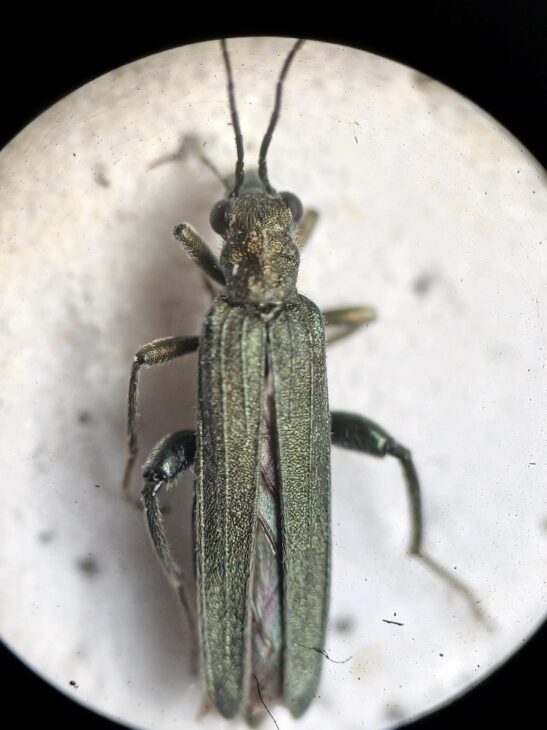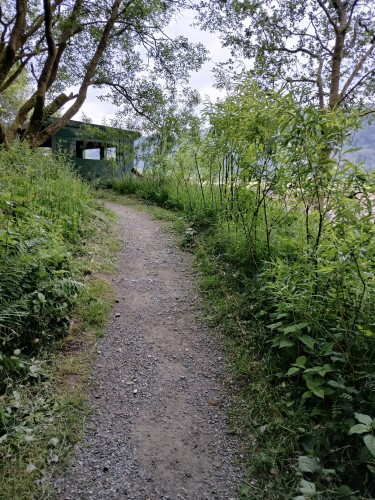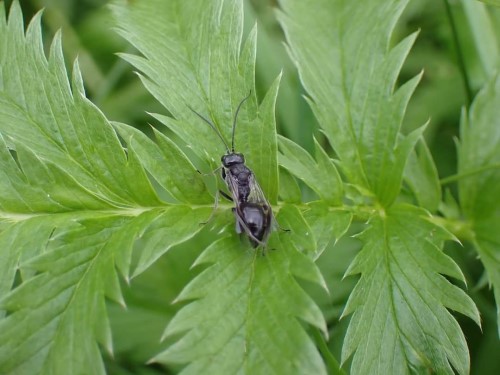About us
Holy Loch Nature Reserve – community-led recording and the challenges of sharing data
Holy Loch Nature Reserve – community-led recording and the challenges of sharing data

Holy Loch Nature Reserve, situated by the village of Sandbank in Argyll and Bute, was opened in spring 2015. It comprises 24 acres of ungrazed saltmarsh, wildflower meadows, a small area of Atlantic rainforest, reedbeds and bog, intersected by several burns.
The reserve is owned by Argyll and Bute Council, leased to Sandbank Community Trust (SCDT) and is run by a management committee made up of interested locals and some experts. It has an active group of birdies and nature lovers who monitor and record species and enjoy using the hide.

Neil Hammatt has been leading the effort to catalogue the diverse range of species found at Holy Loch Nature Reserve, recording over 1800 species to date. He started with the aim of discovering all of the species living at Holy Loch Nature Reserve, and making these records available on NBN Atlas Scotland.
While 579 species found at the reserve are now on the NBN Atlas, Neil has encountered various challenges in making these records available, highlighting the barriers still faced by recorders who wish to share their biodiversity data.
Neil comments that when recording “My ideal started as: log onto iRecord, get an ID confirmed and then automatically sent to the NBN Atlas. This does happen for some groups, such as leafhoppers, water bugs and beetles, dragonflies and damselflies, and leaf mining flies.”
However, this model is not replicated for many groups of species, thus leading to a complex situation where many organisations run different schemes and use different routes for submitting records for identification or verification. While many of these routes also submit records to the NBN Atlas, the timescales for this happening can vary depending on their capacity. This can lead to delays on seeing which species are present at a site like Holy Loch Nature Reserve on the NBN Atlas.
For local recorders, there can also be technological barriers to working with the NBN Atlas. Holy Loch Nature Reserve also works with Argyll Biological Records Centre (ABReC) to share records with the NBN Atlas. However, as another volunteer-led organisation, ABReC has limited resources at its disposal for data management and processing. Improving the support for this biodiversity data infrastructure is a core part of the Better Biodiversity Data project.
Other major factors that affect records being identified and shared in the UK are the small pool of expertise for many species groups, the ageing of existing experts and the lack of resources available to support citizen scientists interested in biological recording.
At Holy Loch Nature Reserve, Neil not only submits records to specialist recording schemes and local experts, but liaises with experts throughout the UK and at academic institutions. This has led to the identification of a number of rarely recorded species, such as the wasp Pseudogonalos hahnii.

With the advent of new sources of data, such as BIOSCAN, a project examining the genetic diversity of insects in the UK, of which Holy Loch Nature Reserve is a partner, it is increasingly critical to ensure that the complex pathways to recording and sharing biodiversity information are improved. Making this data more available will also enable better assessment of conservation priorities in Scotland.
Ultimately, Neil says that “The NBN Atlas should be the gold standard, single location for all UK biodiversity data. At the end of the day, I want the NBN Atlas to be the place where anyone can look at the 2000 plus species which call my nature reserve home!”
This biodiversity data story was shared by Holy Loch Nature Reserve with the Better Biodiversity Data project, led and managed by the NBN Trust and supported by NatureScot and The Scottish Government.
